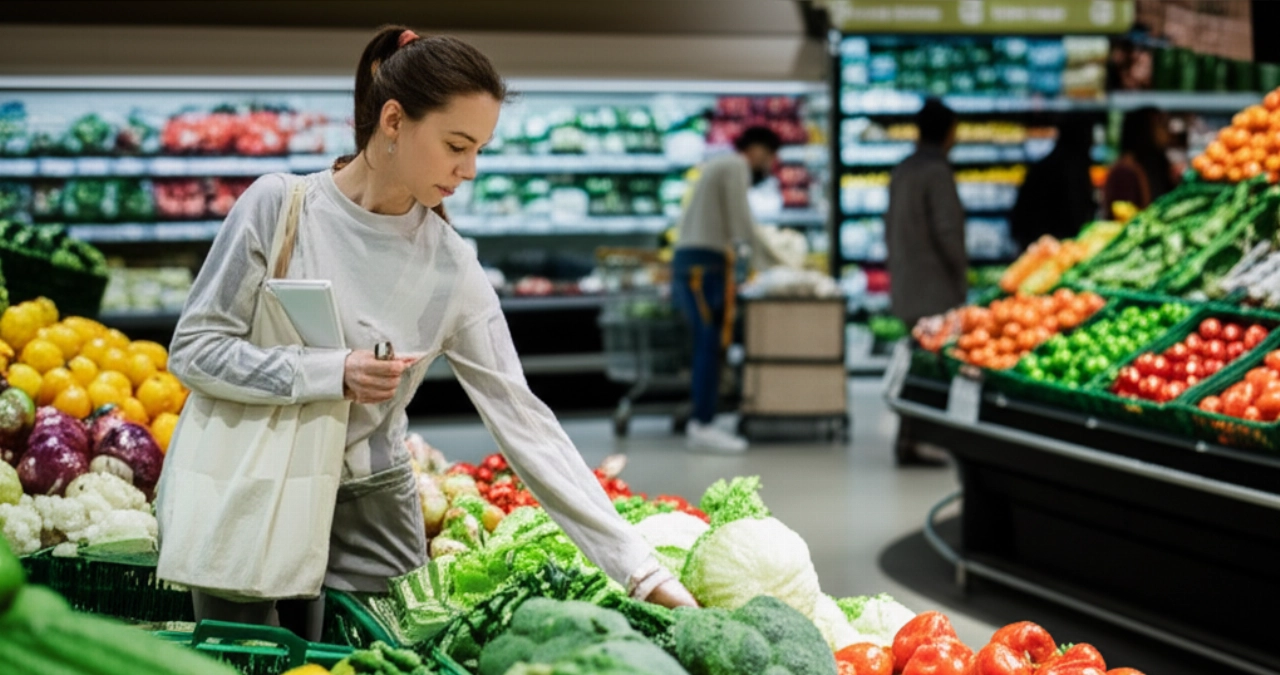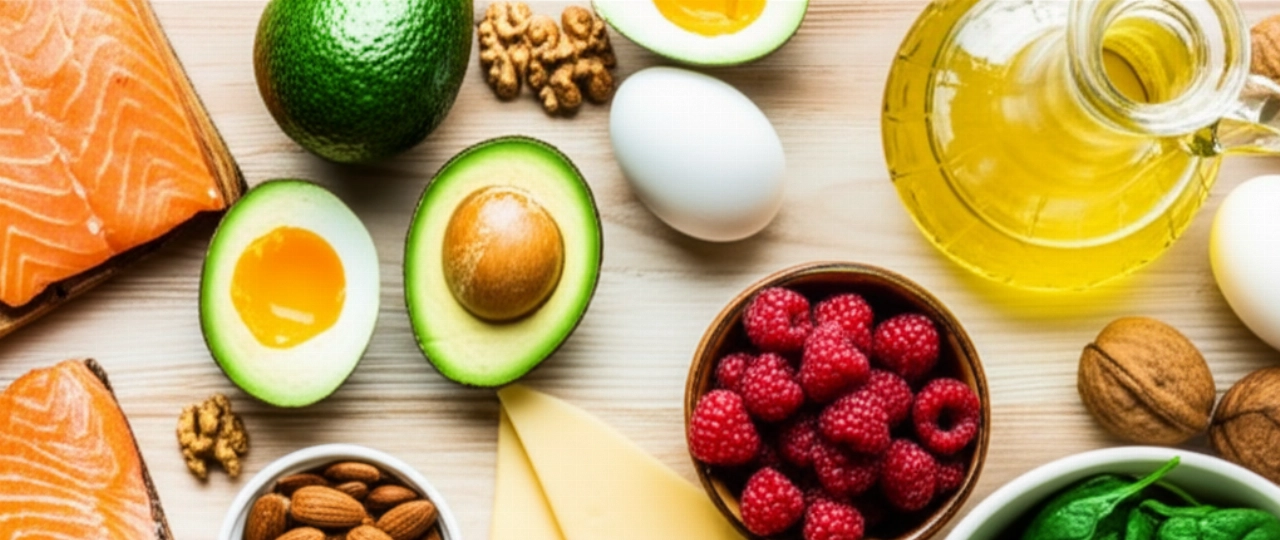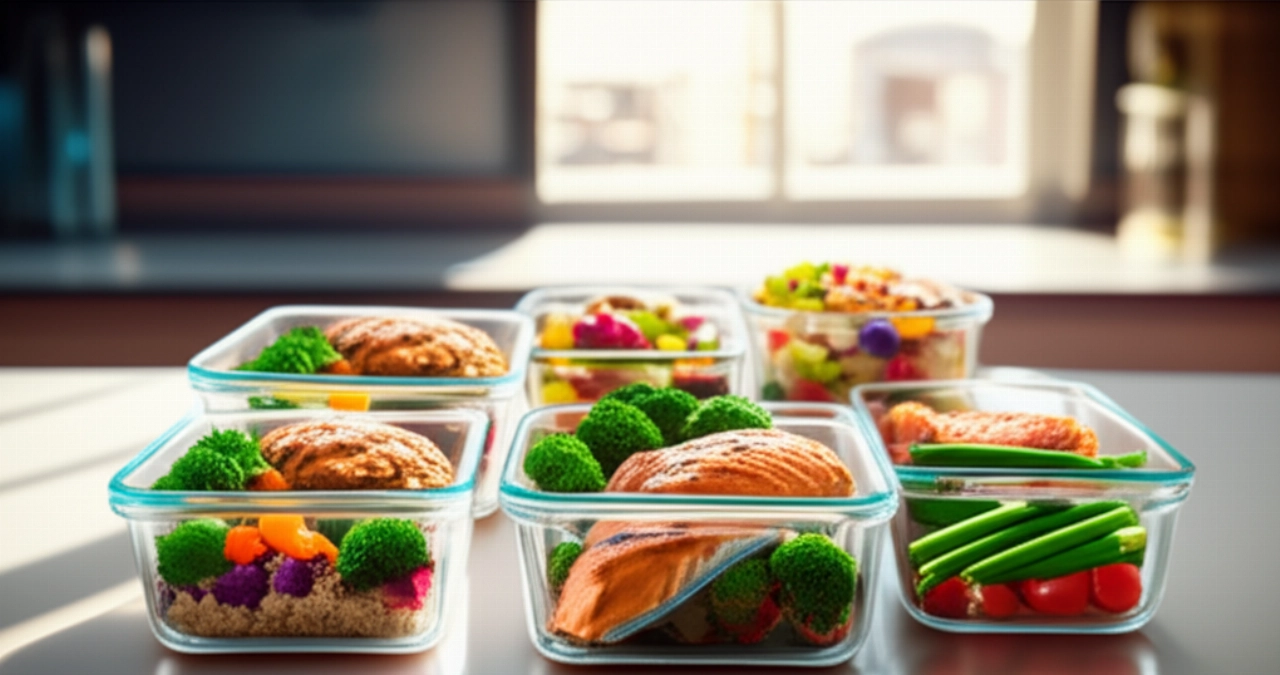Have you ever felt lost among supermarket shelves, with dozens of similar products and an endless number of labels to decipher? One moment you're motivated to make healthy choices, the next you find yourself overwhelmed by confusion: "Is this 'light' one better or that 'whole grain' one? How much sugar is in here? And the fats? Will this be the right choice for me, or just another attempt destined to fail?"
If your answer is yes, know that you are not alone. The anxiety of nutritional confusion is a reality for many, and often leads to the frustration of past failures, the yo-yo effect, and the feeling of not having control over one's body. You feel trapped in a vicious cycle where every diet seems to promise miracles but leaves you only with the fear of hunger and deprivation, or worse, with the dread of the scale not moving.
But what if I told you that the key to unlocking your potential for wellness and weight loss is not a restrictive diet, but the ability to read food labels with awareness? Not just a simple list of numbers, but a real secret language that, once deciphered, will give you the power to make choices that bring you closer to your ideal weight, without sacrifices and without anxiety.
In this guide, we won't just tell you "what to do," but we'll teach you the "why" behind every choice. We'll provide you with the map to navigate the world of food with confidence, transforming every grocery trip into a concrete step towards your well-being. Get ready to say goodbye to confusion and welcome a new relationship with food, based on knowledge and taste.
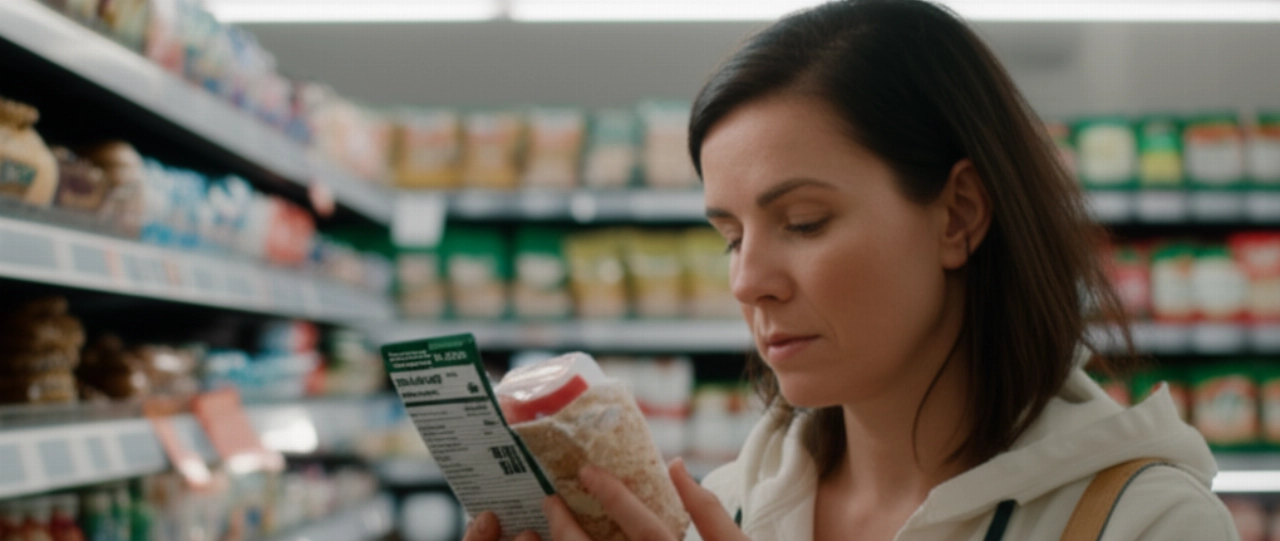
Beyond the Numbers: Why Reading Labels is the Key to Your Food Freedom
Imagine entering the supermarket no longer with doubt, but with certainty. No longer with the feeling of having to "guess," but with full awareness of what you're putting in your cart. This is not a dream, but the reality that awaits you when you learn to read food labels not as a tedious task, but as an act of self-love.
Understanding what's truly in the food you eat is the first step to regaining control of your body and energy. It's not just about calories, but about quality: about macronutrients that nourish your muscles, dietary fibers that provide satiety and intestinal well-being, hidden added sugars that sabotage your efforts, and saturated fats that can compromise your health. This knowledge frees you from dependence on fads and contradictory advice, allowing you to build a diet tailored to your needs, goals, and lifestyle.
When you know how to read a label, you can:
- Avoid marketing traps: "Light," "Zero," "Natural" don't always mean "healthy."
- Personalize your diet: Choose foods that support your energy level, metabolism, and weight goals.
- Feel more energetic and vital: Mindful eating translates into more energy and fewer sugar crashes.
- Build confidence in your body: Knowing you're making the right choices gives you a peace of mind that no "miracle" diet can offer.

Your Supermarket Map: Deciphering Labels Step by Step
Now that you understand the "why," it's time to give you the tools for the "how." Here's your essential guide to reading food labels like a true expert, transforming every purchase into an investment in your health.
1. The Ingredient List: Order Matters!
This is the most revealing section. Ingredients are listed in descending order by quantity. This means the first ingredient is the one present in the largest amount. Look for short lists with recognizable ingredients. Be wary of very long lists full of unpronounceable names.
- Beware of hidden sugars: Glucose-fructose syrup, dextrose, maltodextrin, fructose, sucrose, honey, various syrups. They are often present in different forms so as not to appear as the first ingredient.
- Low-quality fats: Hydrogenated or partially hydrogenated vegetable oils (trans fats), palm oil.
- Additives and preservatives: If the list is too long and full of acronyms (E-XXX), it's a sign that the product is highly processed.
2. The Nutrition Facts Table: The Numbers That Matter
This section provides you with the nutritional values per 100g of product and often also per recommended serving. Focus on:
- Calories (Energy): Gives you an idea of the total caloric intake. Remember that not all calories are equal in terms of satiety and nutrients.
- Total Fats and Saturated Fats: Aim to reduce saturated fats. Unsaturated fats (monounsaturated and polyunsaturated) are beneficial, but not always specified in detail.
- Total Carbohydrates and Sugars: This is one of the most important entries. The "of which sugars" entry indicates simple sugars, both natural (e.g., lactose in milk) and added. Aim for products with low added sugars.
- Proteins: Essential for satiety and maintaining muscle mass. Look for products with good protein content.
- Fibers: Fibers are your allies! They aid digestion, satiety, and intestinal health. The more fiber, the better.
- Sodium (Salt): Excess sodium can lead to water retention and blood pressure issues. Check the value and choose products with low content.
3. Serving Size: The Reality of the Facts
Often underestimated, serving size is crucial. Nutritional values are often referred to a portion that might be much smaller than what you're used to eating. Multiply them by your actual portion to get a precise idea of what you are consuming.
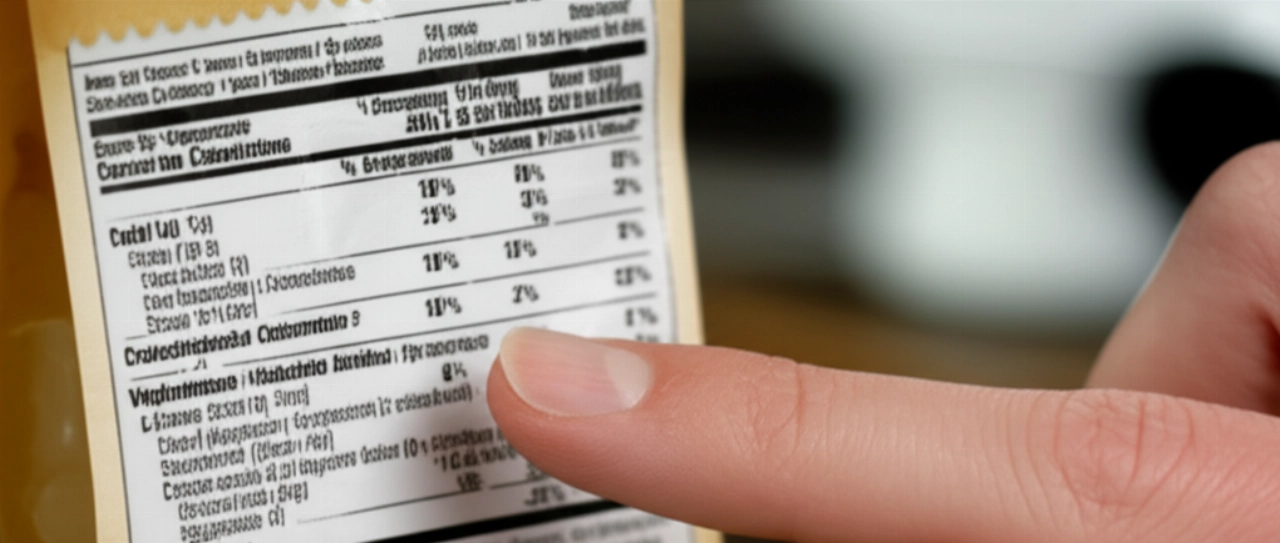
Hidden Traps: Common Mistakes and False Myths in Label Reading
Being a conscious consumer also means knowing how to recognize the pitfalls and myths that food marketing often propagates. As your trusted nutritional coach, I want to warn you about some common mistakes that could sabotage your efforts, even though you are trying to read food labels carefully.
- The "Light" and "Zero" Myth: Less calories doesn't always mean more health. A "light" product might have less fat, but be rich in sugars or artificial sweeteners. A "zero" sugar product might compensate with more fats or additives. Always read the entire label, not just the claim on the packaging.
- Focusing Only on Calories: Calories are important, but they are not the only metric. 100 calories of avocado are not equal to 100 calories of candy. The quality of nutrients, the macronutrient balance, and the presence of fiber make an enormous difference to your satiety, energy, and metabolism.
- Ignoring the Ingredient List: It's the most important section! If a product has few ingredients, all recognizable and natural, it's almost always a better choice than a product with a kilometer-long list of chemical compounds, even if the nutritional values seem "perfect."
- The Fear of Fats: For years, fats have been demonized. Today we know that healthy fats (from avocado, nuts, olive oil, fatty fish) are essential for hormonal health, vitamin absorption, and satiety. Not all fats are equal, and the label helps you distinguish them.
True knowledge protects you from "miracle diets" and quick fixes that only lead to certain failures. It allows you to choose foods that truly nourish your body, not just fill your stomach.
From Knowing to Doing: How Dietasnella.it Transforms Your Knowledge into Real Results
Now you have a deeper understanding of how to read food labels and why this skill is fundamental to your well-being. But we know that theory is only the first step. The real challenge is to transform this knowledge into a clear, sustainable, and delicious weight loss journey that adapts to your busy life and unique needs.
This is where Dietasnella.it comes in. Our philosophy is not to give you a list of forbidden foods or a generic plan. Our goal is to be your partner, your expert guide who translates the science of nutrition into a tailored path for you. We don't leave you alone to decipher labels or count calories, but we provide you with a plan that takes into account every aspect of your life: your tastes, your time, your habits, and your goals.
With Dietasnella.it, you not only learn to choose the right foods, but you discover how to integrate them into delicious and easy-to-prepare meals that leave you full and satisfied. We help you overcome lack of time and motivation, providing practical strategies and constant support. The difference between a diet and a tailored journey is precisely this: it's not a temporary deprivation, but a lasting change that leads you to feel good in your body, with energy and confidence.
Frequently Asked Questions about Reading Food Labels
Do I have to eliminate all sugars?
Not necessarily all sugars, but it's crucial to distinguish between natural sugars (found in fruits, milk) and added sugars. The latter, often hidden in processed products, are the ones to drastically limit for your health and weight. Learning to read the label allows you to identify them and reduce their consumption.
How long does it take to learn to read labels well?
It's not a process that takes years! With practice and the right guidance, like what we've provided, you can start making more conscious choices as early as your next grocery trip. Initially, it might take a few extra minutes, but it will soon become a quick and intuitive habit, a true superpower for your health.
Are "light" or "zero" labels always a good choice?
Absolutely not. As explained, the terms "light" or "zero" can be misleading. A "light" product might have less fat but more sugars or additives to compensate for flavor. It's crucial to always read the entire ingredient list and the nutrition facts table to understand what's truly in the product and if it aligns with your goals.
Is it really that important to read labels if I already eat healthy?
Yes, it's always important! Even those who think they eat healthy can fall into traps. Many "healthy" or "whole grain" products hide unwanted sugars, salt, or fats. Reading labels offers you control and precision that allow you to further optimize your diet, even if you're starting from a good foundation.
How can I apply this information to my daily diet?
Start with small steps. Focus on one product category at a time (e.g., breakfast cereals, sauces, snacks). Apply the principles learned: check the ingredient list for hidden sugars and fats, and the nutrition facts table for fiber and protein. Over time, it will become automatic, and you'll be able to apply this knowledge to every meal, making your food choices truly conscious and aimed at your well-being.
Stop feeling frustrated and confused. Your body deserves a clear path that leads to real and lasting results. The first step is not a restrictive diet, but understanding your needs to create a tailored plan for you.
Perhaps you're thinking: "It's too difficult for me," "I don't have time for it," "What if I fail again?" I understand your concerns. But with Dietasnella.it, you won't be alone. We will provide you with the simplicity, support, and strategy to overcome every obstacle.
It's free, no obligation, and will give you the map to reach your goal. Click here, tell us about yourself, and discover how you can finally reach your ideal weight feeling great. Start transforming your relationship with food now.
Now that you've discovered the importance of reading labels, you might want to delve deeper into other aspects of healthy eating. Discover how the Mediterranean diet works for weight loss or explore our healthy and quick recipes to immediately put your new knowledge into practice.
